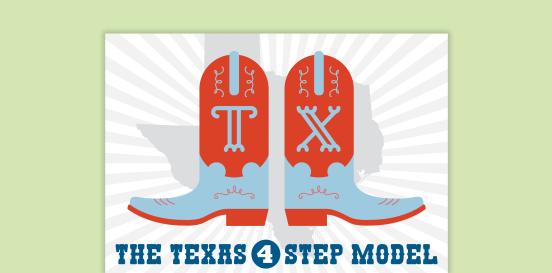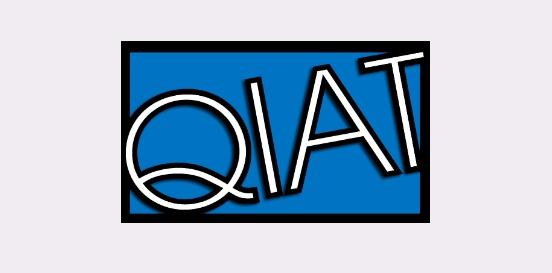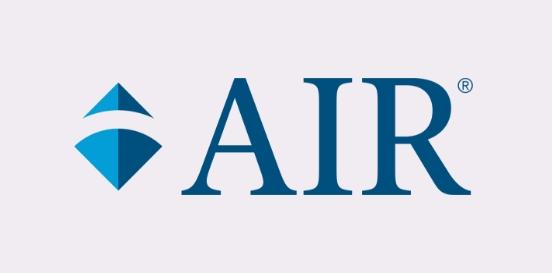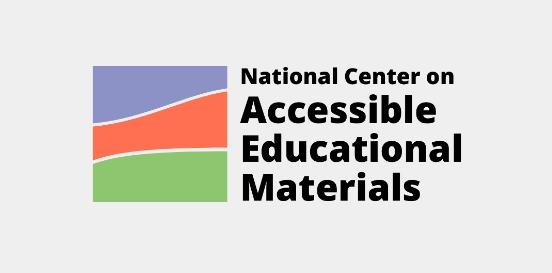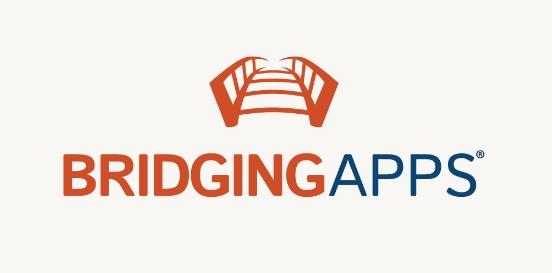Braille Printer/Embosser
Material is written into a braille translation program, translated, and then sent to the printer to emboss material in braille.
Considerations
Take the following considerations into account when selecting and implementing AT to ensure that the chosen tools are well-suited to the student’s needs, align with their goals, and seamlessly integrate into their educational journey. By embracing a collaborative approach and considering the specific skills, tasks, and implementation context, educators can provide students with the necessary support to thrive academically and functionally, promoting inclusivity and fostering their overall success.
Skills and Tasks What skills or tasks will the student utilize this tool for? What areas, functional or academic, does this tool support?
Production of braille materials
Implementation Context In what activities, classes, or environments will the student utilize this tool?
A braille printer/embosser is an assistive technology device that converts digital text into braille, which is a tactile writing system used by people who are blind or visually impaired. These devices can have a keyboard or can connect to a computer or other digital device to receive input. They then emboss the braille characters onto paper or other materials, creating raised dots that can be read by touch. Braille printers/embossers are essential tools for producing braille documents such as books, educational materials, and personal documents, enabling individuals with visual impairments to access written information independently.


